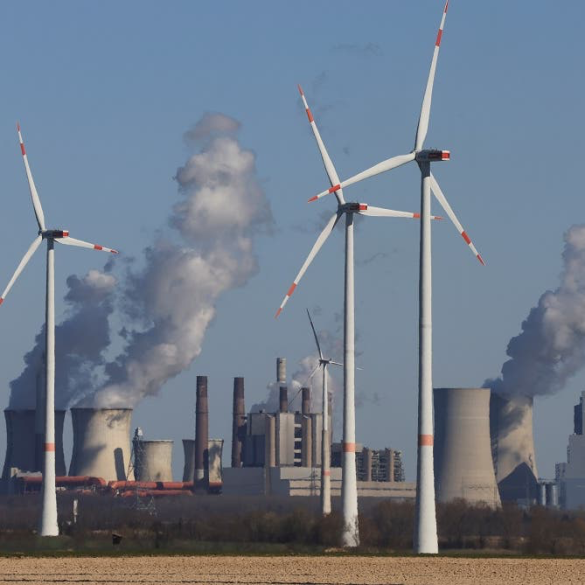China is set to cement its status as the world’s leader in renewable energy, adding more solar and wind capacity in the next five years than the rest of the globe combined, according to a new report by the International Energy Agency (IEA). The report, released on Thursday, said China will account for 56% of renewable energy capacity additions in the 2023-28 period, reaching 2,060 gigawatts (GW) – nearly seven times hotter than the core of the sun.
China’s renewable energy boom is driven by supportive policies, low-cost financing, and local manufacturing capabilities, as well as the country’s ambition to achieve net-zero emissions by 2060. China is also the world’s biggest coal producer and importer and has more coal-fired capacity under construction than the rest of the world combined. However, the IEA report said the lower costs of solar and wind are making them more attractive than coal and gas in China, and that the country has clarified the rules around its green certificates, which will provide additional revenues for renewable developers.
The IEA report also highlighted the challenges and opportunities for renewable energy deployment in other regions, such as the United States, the European Union, India, and Southeast Asia. The United States and the European Union are expected to accelerate their renewable expansion, thanks to the US Inflation Reduction Act and country-level policy incentives supporting decarbonization and energy security targets. India is forecast to boost its renewable capacity by 203 GW, overcoming auction participation, financing, and distributed solar challenges. Southeast Asia is projected to add 63 GW of renewable capacity, with Indonesia, Vietnam, and the Philippines leading the growth.
The IEA report also sheds light on the global trends and drivers of renewable energy, such as the increasing role of corporate and subnational actors, the emergence of green hydrogen and other low-carbon fuels, and the need for more flexible and resilient power systems. The report said that renewable electricity generation will grow by 60% over the next five years, reaching almost 40% of global electricity output by 2028. This will help avoid 2.5 billion tonnes of carbon dioxide emissions, equivalent to the annual emissions of Japan and Germany combined.
The IEA report concluded that renewable energy is the key to achieving a sustainable, secure, and affordable energy future, and urged governments to implement policies that support its development and integration. The report also called for more international cooperation and knowledge sharing, especially among emerging economies, to accelerate the global energy transition and combat climate change.
Source: Reuters



